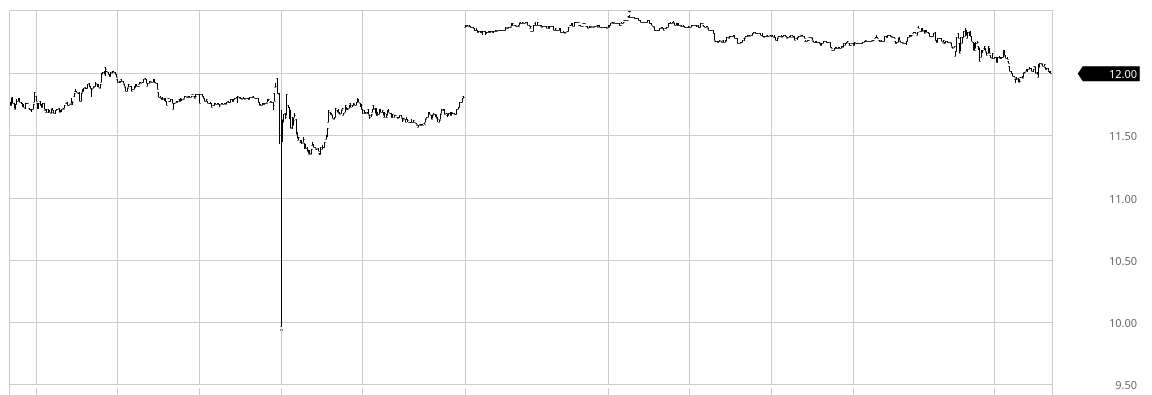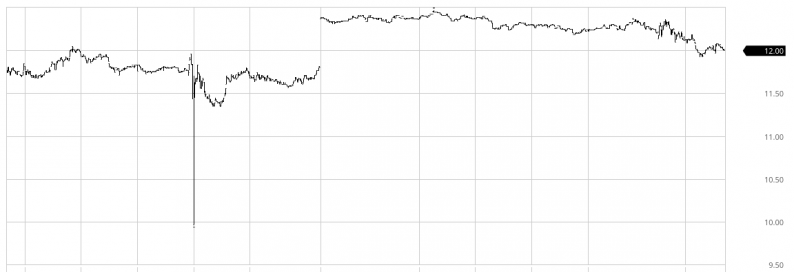The graphic below is the 5-day chart for the CBOE Volatility Index (VIX ). Notice anything unusual on it?

See that big long candlestick? That’s right at the moment that the FOMC announced at its Tuesday meeting that there would be no rate hike. Volatility plunged momentarily in response to the news and hit a low of 9.97. That’s noteworthy for the fact that the volatility index hasn’t hit a single digit reading in nearly 10 years. The last time it reached this level was before the financial crisis on February 16, 2007.
Traders have been waiting for a spike in volatility for months that still hasn’t come. There was a spike around Election Day when the markets dropped significantly before completely recovering. Volatility peaked around 22 before quickly dipping back into the mid-teens. We saw similar bumps back in the beginning of 2016 and again during the summer but those spikes were similarly short-lived.
So how should traders ultimately play the lack of volatility? Embrace it.
The markets just don’t seem to want to move. We’ve seen a post-election rally that didn’t meaningfully increase volatility. We still lack a lot of clarity around many of Trump’s economic policies, a situation which would normally create a lot of uncertainty, but the markets seem to just digest it. We’re more than halfway through an earnings season that is essentially marking the end of the earnings recession but it showing all sorts of signs of weakness in the retail sector. Still, no market-wide craziness to speak of.
The Fed, for its part, has no interest in rocking the boat. While growth continues to accelerate at a modest pace, Janet Yellen came out surprisingly dovishly in her comments. The odds of a rate hike in March, according to the Fed Funds futures market, looks unlikely at this point. Right now, there’s a 13% chance of a hike and those numbers have continued to steadily drop.
Barring an unforeseen event, there seems to be little impetus for higher volatility in the near term. Volatility traders may want to look elsewhere for opportunity in the near term.














Leave A Comment